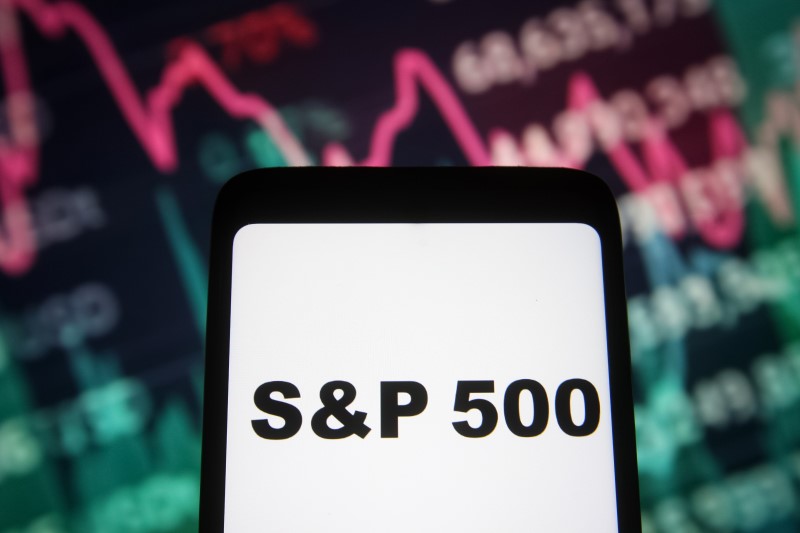By Laura Matthews
NEW YORK (Reuters) – CME Group (NASDAQ:) is in strong position to make acquisitions, armed with low debt and robust earnings, Chief Executive Officer Terry Duffy told Reuters, even as the world’s largest derivatives exchange operator faces rising competition.
Exchanges have been consolidating over the years and some have expanded beyond market-sensitive businesses like trading to pursue more predictable revenue.
CME, however, has registered three consecutive years of revenue growth as demand for hedging increased because of market volatility.
“I believe that we have put ourselves in the strongest position of anybody in our space globally as it relates to potential M&A,” Duffy said in an interview, citing CME’s strong earnings and AA- credit rating.
CME recently recorded its eighth-consecutive quarter of double-digit earnings growth.
CME’s debt is less than one times its EBITDA, Duffy said, below the ratio of rivals Intercontinental Exchange (NYSE:), Nasdaq and CBOE.
“Our capacity is much greater than anybody else’s,” Duffy said. “It doesn’t mean we’re going to do anything. If I think it benefits my users and my shareholders, we have the ability to do it.”
CME had $2 billion in cash and $3.4 billion of debt as of June 30, recent earnings show. Its stock price is up 28% this year, compared to a 11% gain for the .
Some analysts question whether CME can sustain growth internally when interest rates become more predictable, volatility decreases and more competition enters the exchange space.
Andrew Bond, senior fintech analyst at Rosenblatt Securities, has a sell rating on CME, saying “competitive threats are increasing to their business”.
In particular, BGC Group plans to launch Fenics Markets Xchange (FMX), a futures exchange for interest rate derivatives, pending regulatory approval.
A BGC representative was not immediately available for comment.
Bond said the most obvious candidate for acquisition is CBOE, a Chicago-based exchange operator whose shares rose nearly 3% in September on deal speculation after its CEO resigned.
Such a deal may be complex, however, involving spin-offs and antitrust concerns, Bond said.
Duffy declined to comment on potential targets. CBOE also declined to comment.
Investors would like CME to generate more stable sources of revenue for periods when markets are not volatile, Bond said.
CME generates more than 80% of its revenue from transactions, he said, and having other sources of revenue would help when trading volume growth could be difficult.
Duffy’s last big acquisition was Nex Group in 2018 for $5.5 billion, following large deals to acquire Chicago Board of Trade and New York Mercantile Exchange a decade earlier.
But Duffy said he does not believe CME needs acquisitions to grow. CME could boost trading volumes as investors increasingly need to manage risk, he said.
Open interest, which tracks the number of open positions in a contract, has steadily increased in CME’s rate products over the last three years.
The U.S. Federal Reserve’s interest rate hikes led to record high average daily volumes at the exchange. Duffy, however, said a rate pause would still benefit CME because investors have views about where rates are heading, which will further boost trading volume.
Read the full article here











